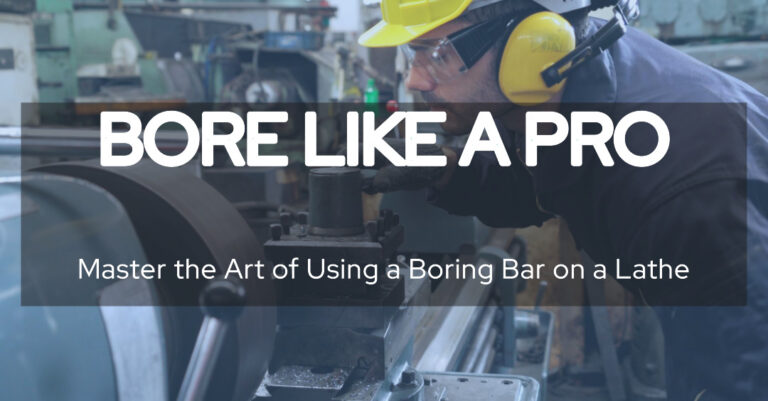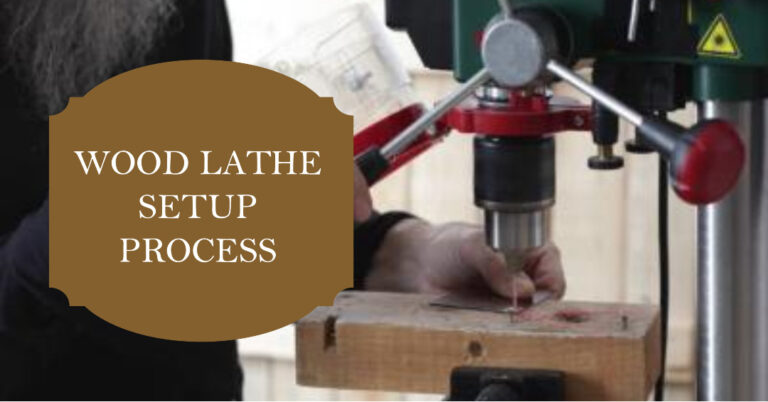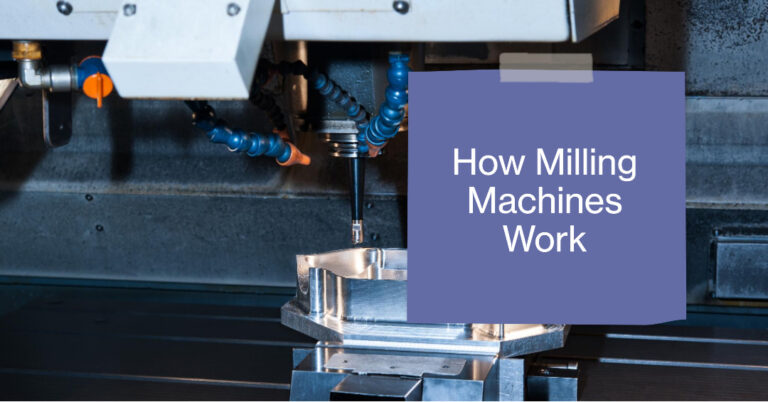Metal Lathe Uses: History and Components

You’re looking at the work of a metal lathe. So what is a metal lathe, and what magic can it perform? Get ready; we’re diving deep into the world of metal lathes covering their history, parts, and endless uses.
Seasoned craftsman or DIY newbie, understanding the role of a metal lathe opens up a whole new world for you.
What is a Lathe?
A lathe is a machine that spins material wood, metal, you name it around an axis. While it spins, you can cut, sand, or drill the material.
Think of it like a potter’s wheel but for hard stuff. It lets you create symmetrical objects with mind-blowing accuracy. From simple to intricate projects, a lathe is often the go-to tool in many workshops.
What is a Metal Lathe?
Now that we’ve got the basics down let’s narrow our focus to the star of the show: the metal lathe.
A metal lathe is a specific type of lathe designed to work primarily with metals. It’s constructed to be sturdier and more durable compared to its wood or general-purpose counterparts.
The machine has specialized features like a robust bed, a headstock, and often a tailstock that allow for a high degree of precision and control when working with various metals.
It’s the go-to tool for shaping things like engine parts, creating metal art, or even repairing tools. It’s the Swiss Army knife of the metalworking world.
The History and Uses of Metal Lathes
Lathes date back centuries the Egyptians used a basic two-person version around 1300 BC. But the metal lathe we know today? That took form during the Industrial Revolution.
What can you do with a metal lathe? Originally, these machines were game-changers for making engine parts and screws. Nowadays, they’re not just in big factories but also aerospace and automotive sectors. And let’s not forget home workshops, where hobbyists craft everything from car parts to custom jewelry.
Pro or DIY enthusiast, a metal lathe unlocks endless creative possibilities for you. In an era of automation and mass production, there’s still magic in crafting with your hands. A metal lathe makes that possible.
When was the metal lathe invented?
Although the basic lathe concept has roots as far back as ancient Egypt, the metal lathe we’re familiar with evolved during the 19th century, particularly during the Industrial Revolution.
Henry Maudslay, an English engineer, is often credited with developing the first high-precision lathe in the early 1800s. This significant advancement allowed for greater precision and control, the hallmark of a suitable metal lathe today.
What are the parts of a Metal Lathe?
If you’re considering diving into the world of metal lathes, it’s a good idea to familiarize yourself with its anatomy. While designs can vary, a typical metal lathe consists of several key components:
Bed: This is the base of the lathe that supports all other parts. It’s usually made from heavy, rigid materials to absorb vibrations.
Headstock: This part houses the motor and controls the spindle, which holds the workpiece. It’s the “brains” of the operation.
Tailstock: Located opposite the headstock, the tailstock provides additional support for longer workpieces.
Tool Post: Mounted on the carriage that moves along the bed, the tool post holds the cutting tools in place.
Lead Screw: This is the threaded rod that runs the length of the bed and controls the motion of the carriage.
Spindle: The part that holds and spins the workpiece. It needs to be both strong and precise.
Carriage: It holds the tool post and moves along the bed, controlled by the lead screw, allowing for cuts along the length of the workpiece.
Each component plays a specific role, and understanding these can help you use the machine to its fullest potential.
How heavy is a metal lathe?
When it comes to the weight of a metal lathe, there’s no one-size-fits-all answer. The importance can vary significantly based on the size and capabilities of the machine.
Smaller bench-top models weigh around 100 to 200 pounds, making them manageable for a home workshop. On the other end of the spectrum, industrial-grade lathes used in manufacturing can weigh several tons.
The weight of the lathe impacts not just its portability but also its ability to absorb vibrations, which in turn affects the quality of the work. So, if you plan to add a metal lathe to your workshop, consider where you’ll place it and how you’ll move it if needed.
That brings us up to speed on the weight of metal lathes. This gives you a good sense of what these fascinating machines are all about.
Can I use a metal lathe to turn wood?
Yes, you can use a metal lathe to work on wood. But there’s a catch. Metal lathes are built for metal’s toughness, so they usually run slower than wood lathes.
This means while you can carve wood on a metal lathe, the finesse and speed may differ from using a wood-specific lathe.
One more thing: metal lathes are often pricier. If woodworking is your main focus, a wood lathe might be a more budget-friendly choice.
Conclusion
We’ve gone from A to Z on metal lathes, covering their rich history to today’s diverse uses. This tool isn’t just useful; it’s a game-changer in many fields for pros and hobbyists alike.
From aerospace to auto repair, or even making metal art in your garage, a metal lathe opens up a world of precision and creativity for you.
Frequently Asked Questions
What Do You Make With A Metal Lathe?
The possibilities are endless, from automotive parts, custom screws, to artistic metal sculptures. It’s widely used in industries like aerospace, automotive, and even home workshops for various projects.
What is the best metal to use on a metal lathe?
This depends on your project and skill level. Aluminum is generally easier to work with, but you might opt for something like stainless steel for projects requiring durability and strength.






